We focus a lot on the process of taking pictures. And rightly. But the world of post processing is another rich opportunity for “making” images.
Taking pictures
When we think about photography, we think about taking pictures. After all, that is what photography is, isn’t it? That is where we capture the data that becomes the final image. For many, the thinking stops there. Click – picture.
Maybe crop it a little, or remove a distraction. Perhaps work on the overall color. But the picture is the picture. No reason to make many changes.
Many people, especially some “serious” photographers, feel that the image should be made whole and complete in the camera. Anything other than simple edits that make no substantive changes to the original image is suspect or forbidden. That is their opinion, and they are welcome to it, so long as they do not try to bind it on me.
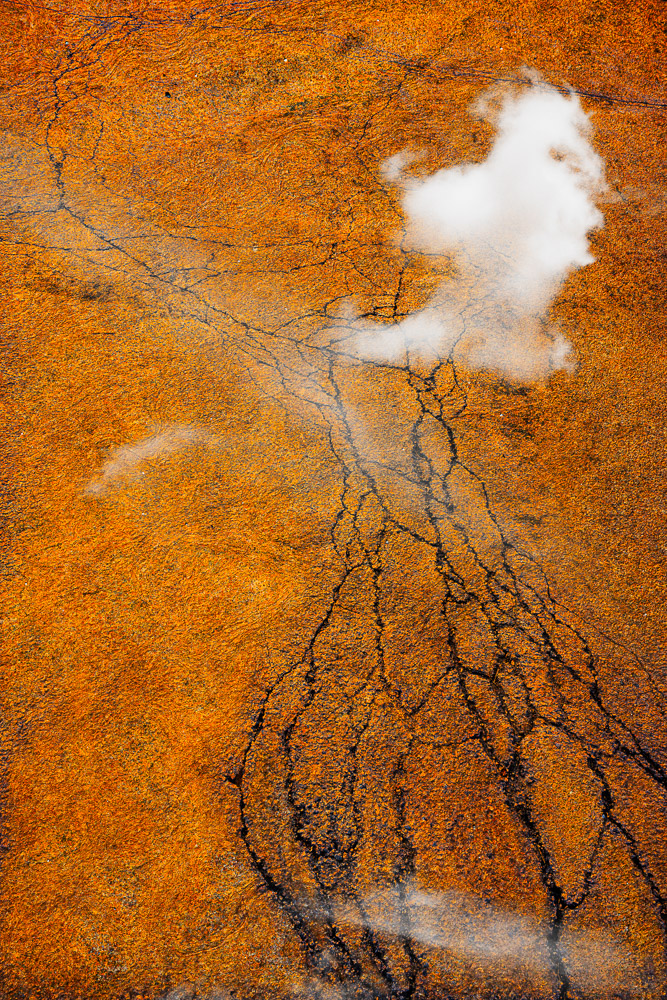 ©Ed Schlotzhauer
©Ed Schlotzhauer
Post processing
But for other photographers, the world of post processing is much larger than that. Yes, there is cropping and distraction removal and some color tweaks, but those are just the basic first steps.
I will go out on a limb and say that post processing is as large and important a skill as is capturing images. The world of digital imaging has thrown us into a situation where what happens after the shutter press can be as important as what happens leading up to it. And our tools have become far more powerful, enabling “darkroom” processing far beyond what any film shooter ever dreamed of. It would be foolish not to take advantage of it.
I assume you shoot RAW images. There are times to shoot jpg, but those are rare in my world of fine art photography. But RAW images require extensive editing. They look bland right out of the camera, since they did not go through heavy-handed jpg processing that is trying to make a best guess of what we wanted.
Just enhancing
After that initial round of basic edits, we get more serious for the images we pull out to work up. Now we probably do some initial sharpening. Then set overall contrast, black & white points, maybe some clarity to punch it up some more.
At this point the image is starting to take shape. Now I may spend a lot of time working on tonal gradations. Basically working on the details of lighting and separating element so they can be seen more clearly. Then there is working on global saturation and luminance and maybe even hue of individual colors.
We may decide to add a vignette to help focus attention on the subject. Perhaps we will use color grading or profiles to change the overall “look” of the image. Maybe so far as going to black & white.
There are so many more. This is just the tip of the iceberg. We can easily spend hours on one image doing these and many more. I have watched hundreds of hours of tutorial videos describing techniques for doing these things. Really getting in depth on Lightroom Classic or, especially, Photoshop is a project requiring years. And they are moving targets.
But at this point, we have a nicely corrected image – that is still basically the original photograph. It may be exactly the scene as we remember it, or it may have a color wash, or even be in black & white, but it is the same photograph.
Again, this is where another large group of photographers stop.
 ©Ed Schlotzhauer
©Ed Schlotzhauer
Permission to play
And that’s where I stop with most of my images. But there are other doors to open that can lead to new destinations.
Here is a statement of belief for me: pixels are raw material. They are just pieces of data saved on your computer. They do not “mean” anything except for the meaning we ascribe to them when we view them all together as an image. This is my belief. but since it is not based on laws or regulations or fundamentals of nature, it is just my belief. Feel free to disagree and act accordingly.
But since this is my belief, I am free to do anything I want with my data. There is nothing like PETA for protecting against the abuse of pixels.
I give myself unlimited permission to play with my data. And I do, to degrees. The problem is that it is hard to break away from old habits and beliefs. Too often, I am trapped by my limited thinking. I see an image. I don’t always see what those pixels could become. That, more than camera resolution or tools or computer power, limits what I make.
Permission to play does not mean I will always take advantage of my freedom. I am self-limited. My actions don’t always follow my beliefs. But I’m trying to break my mental barriers.
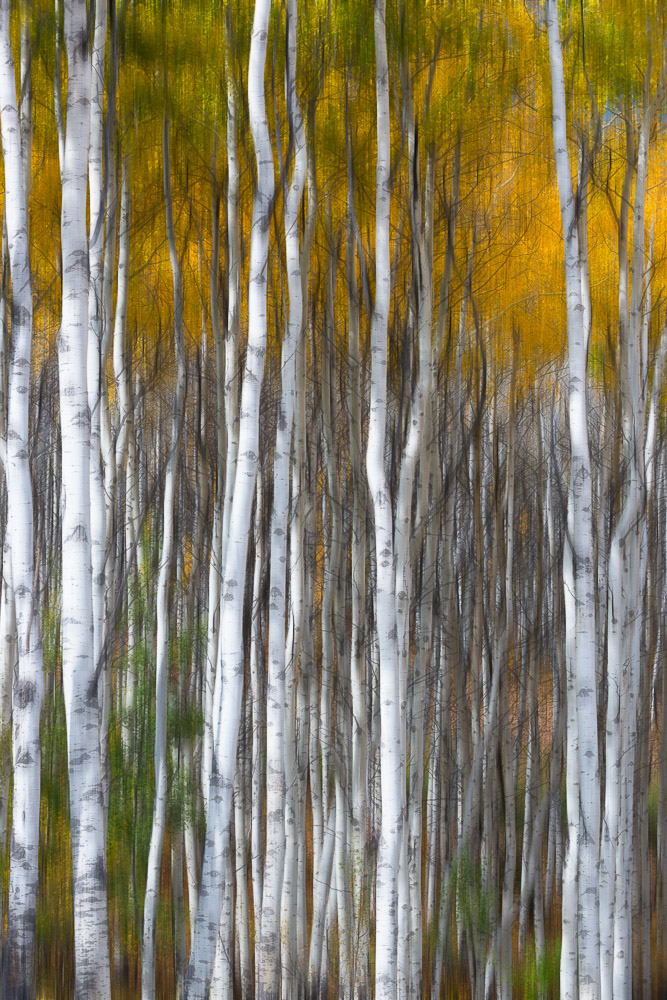 ©Ed Schlotzhauer
©Ed Schlotzhauer
Making new images
I love compositing, combining 2 or more images to make something new. It is a joy when I can take 2 dissimilar images and make something different from either. Sometimes I put together 3,4, 10 images. The resulting image may only have bits and pieces of each source file. Did you know that a TIFF file has a maximum size of 4G Bytes? After that you must bump up to the PSB format. Quite a few of my experimental images do that.
And I love taking an image and processing it with different textures or digital effects to create a very different look. So much so that sometimes when I am out shooting, I mainly shoot textures. I have a good library of them.
And have you played with some of the interesting Photoshop filters that are built in? Quite a variety of tools for blur, rendering, warp, landscape mixer, distort, stylize, etc. I can experiment for hours in Photoshop trying new combinations of things.
Some actually create results I like. But you never know until you try.
 ©Ed Schlotzhauer
©Ed Schlotzhauer
The digital world
My point is that our “photo opportunities” do not stop when we press the shutter. Capturing a good image is very important. But there are endless possibilities for improving it or totally changing it in post processing. Sometimes we see opportunities for doing more than just making an image look better. Post processing is another creative outlet.
Digital images are much more malleable than film. Pixels are just data. Data can be processed. There is a world of opportunity in the post processing, if we can break out of our limited view of what can and should be done to our pixels. I call it post exploration.
If you are a fine art photographer, the ethical choice is to do your best, most creative work. Not to protect pixels.



 ©Ed Schlotzhauer
©Ed Schlotzhauer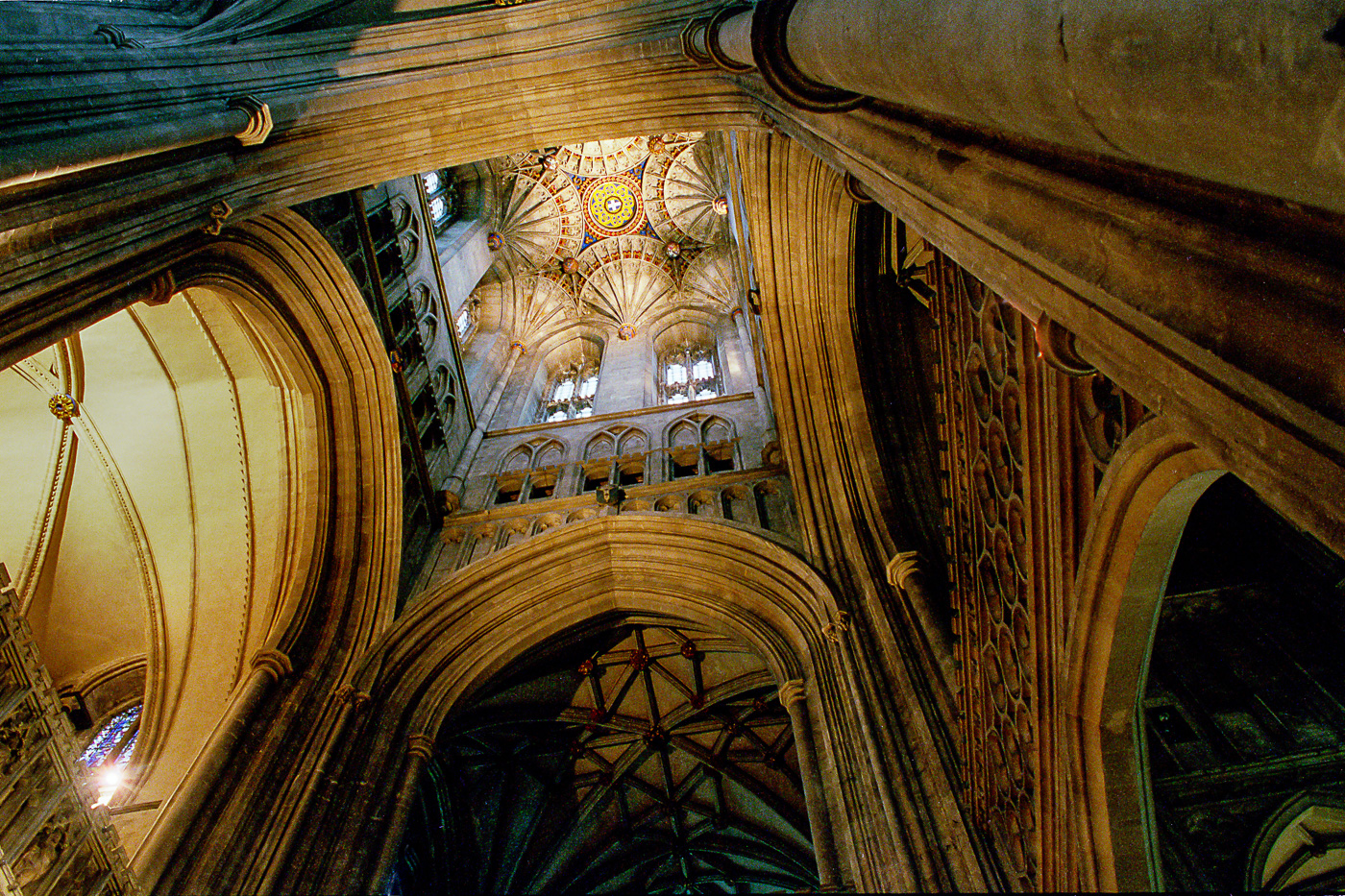 ©Ed Schlotzhauer
©Ed Schlotzhauer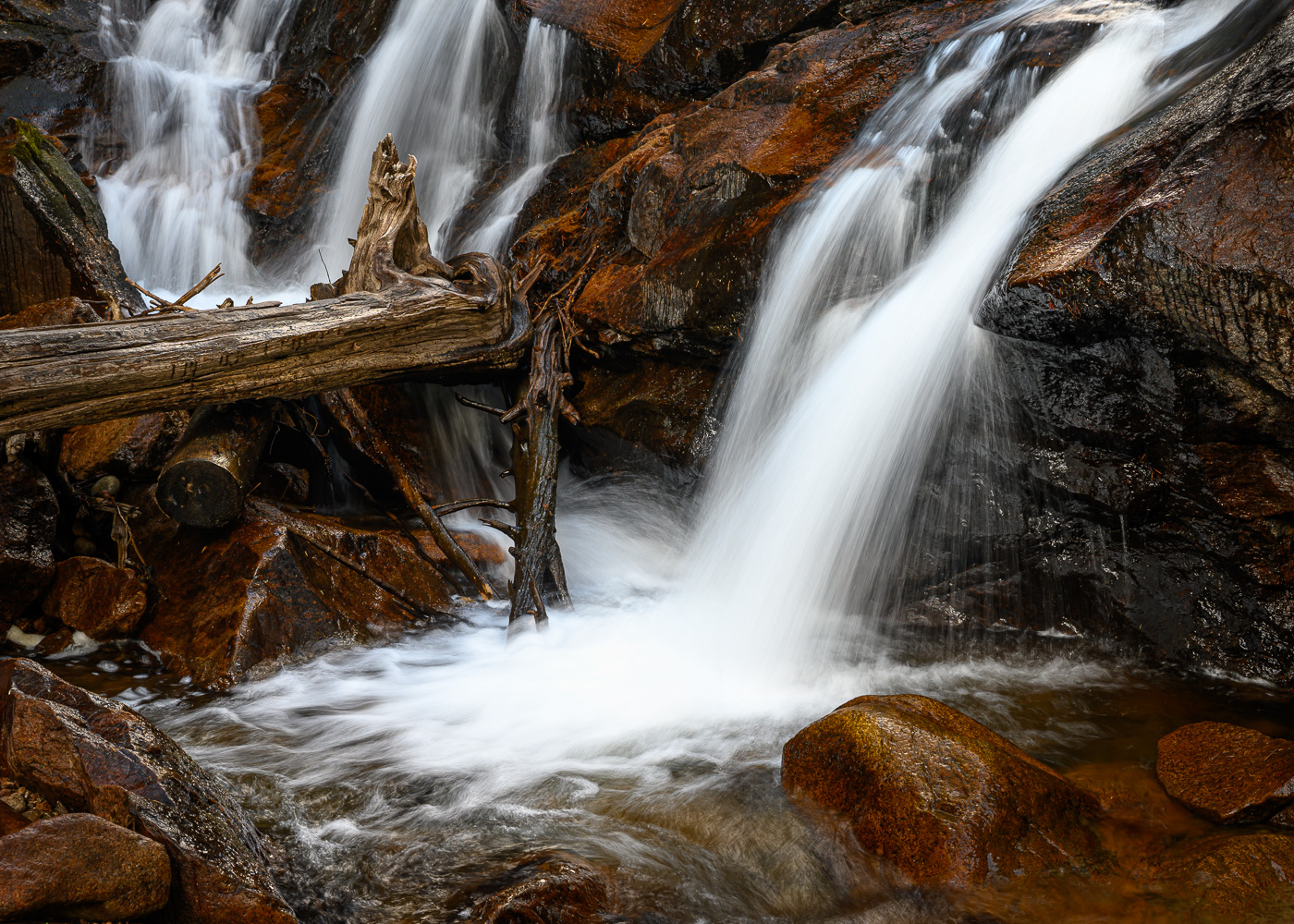 ©Ed Schlotzhauer
©Ed Schlotzhauer ©Ed Schlotzhauer
©Ed Schlotzhauer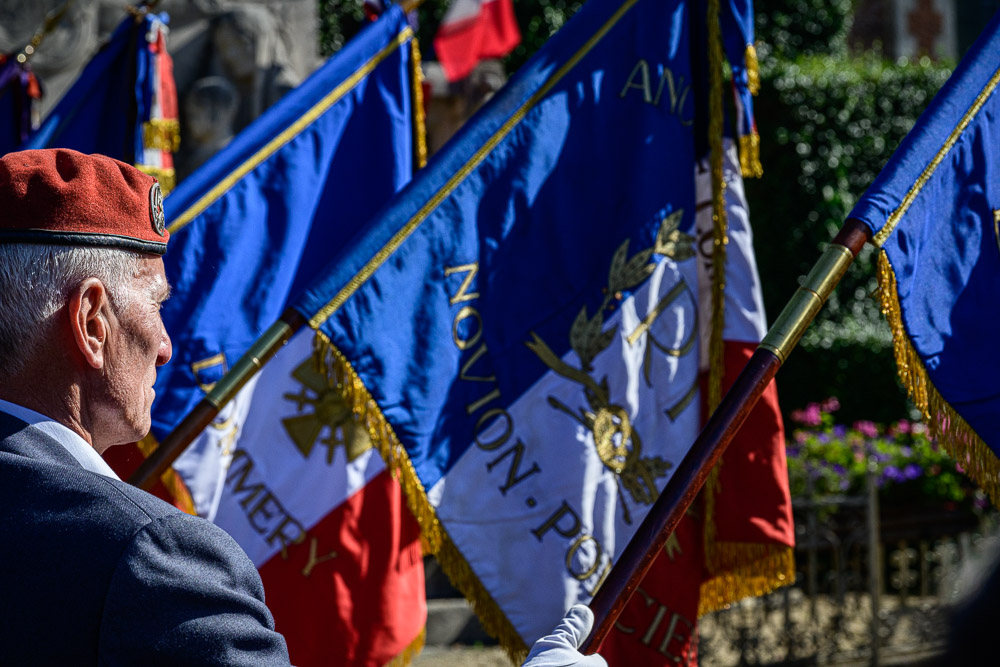


 ©Ed Schlotzhauer
©Ed Schlotzhauer ©Ed Schlotzhauer
©Ed Schlotzhauer ©Ed Schlotzhauer
©Ed Schlotzhauer
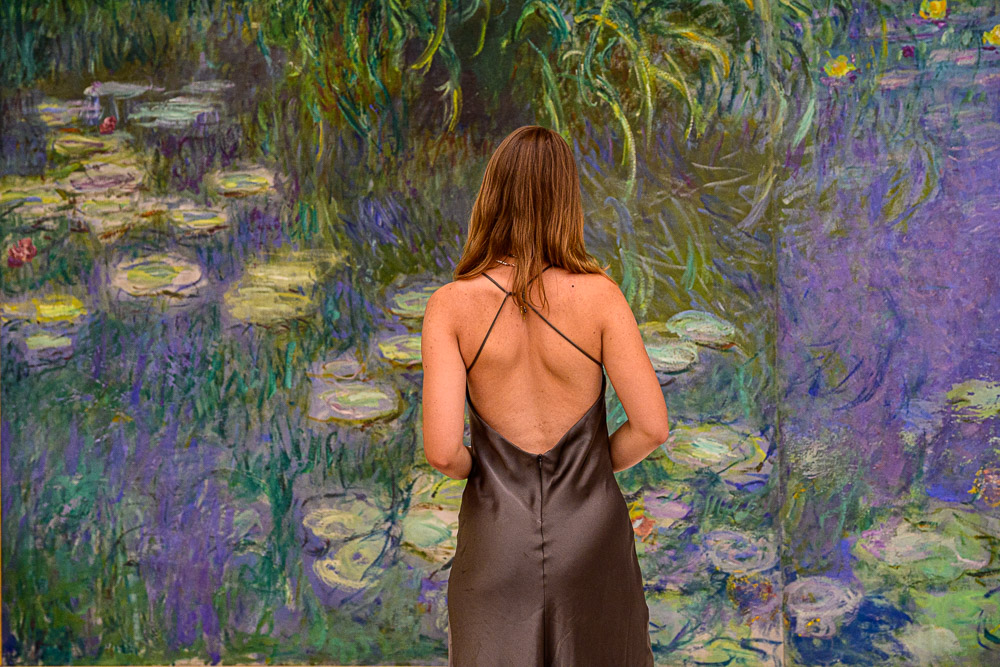 ©Ed Schlotzhauer
©Ed Schlotzhauer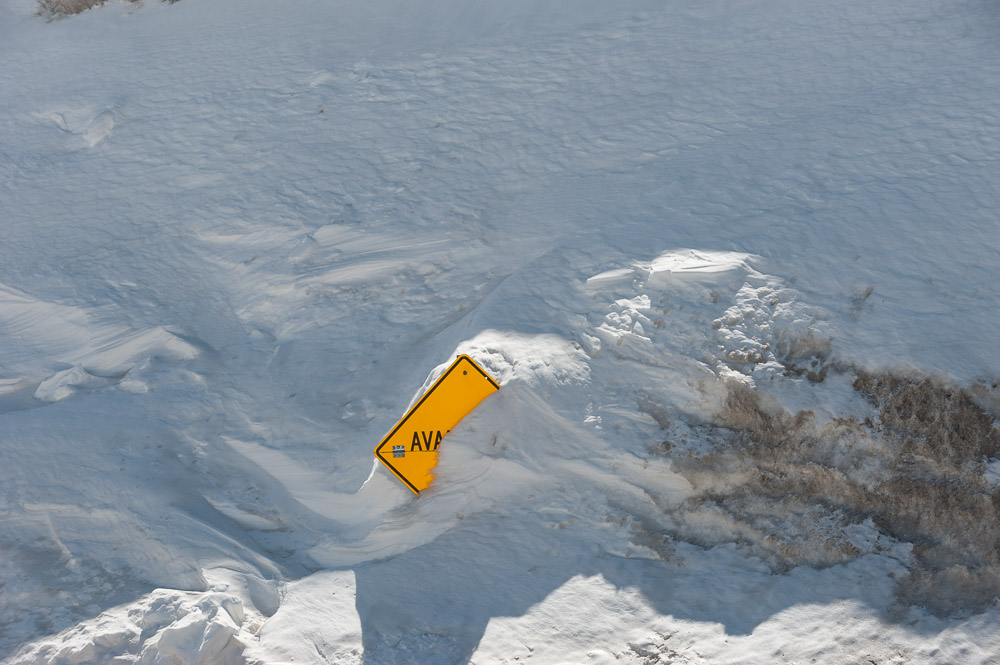 ©Ed Schlotzhauer
©Ed Schlotzhauer ©Ed Schlotzhauer
©Ed Schlotzhauer
 ©Ed Schlotzhauer
©Ed Schlotzhauer ©Ed Schlotzhauer
©Ed Schlotzhauer ©Ed Schlotzhauer
©Ed Schlotzhauer